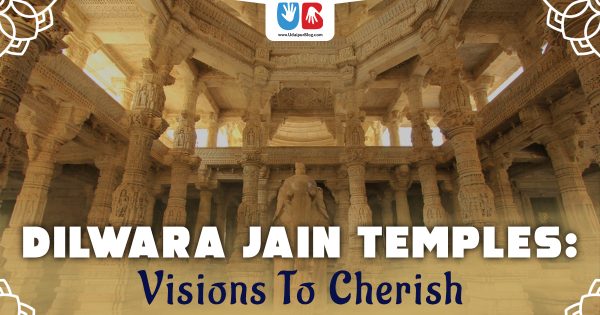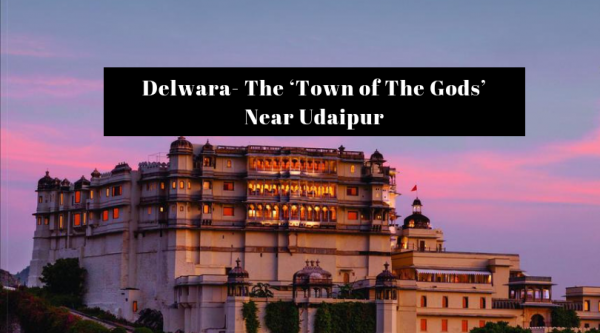Posted inHistory and Culture
Dilwara Jain Temples: Visions To Cherish
When inspiration strikes, the artists swear to their art, that every inch of their creation will manifold history. Dilwara Jain Temples are such examples. It's unique in every sense of…

